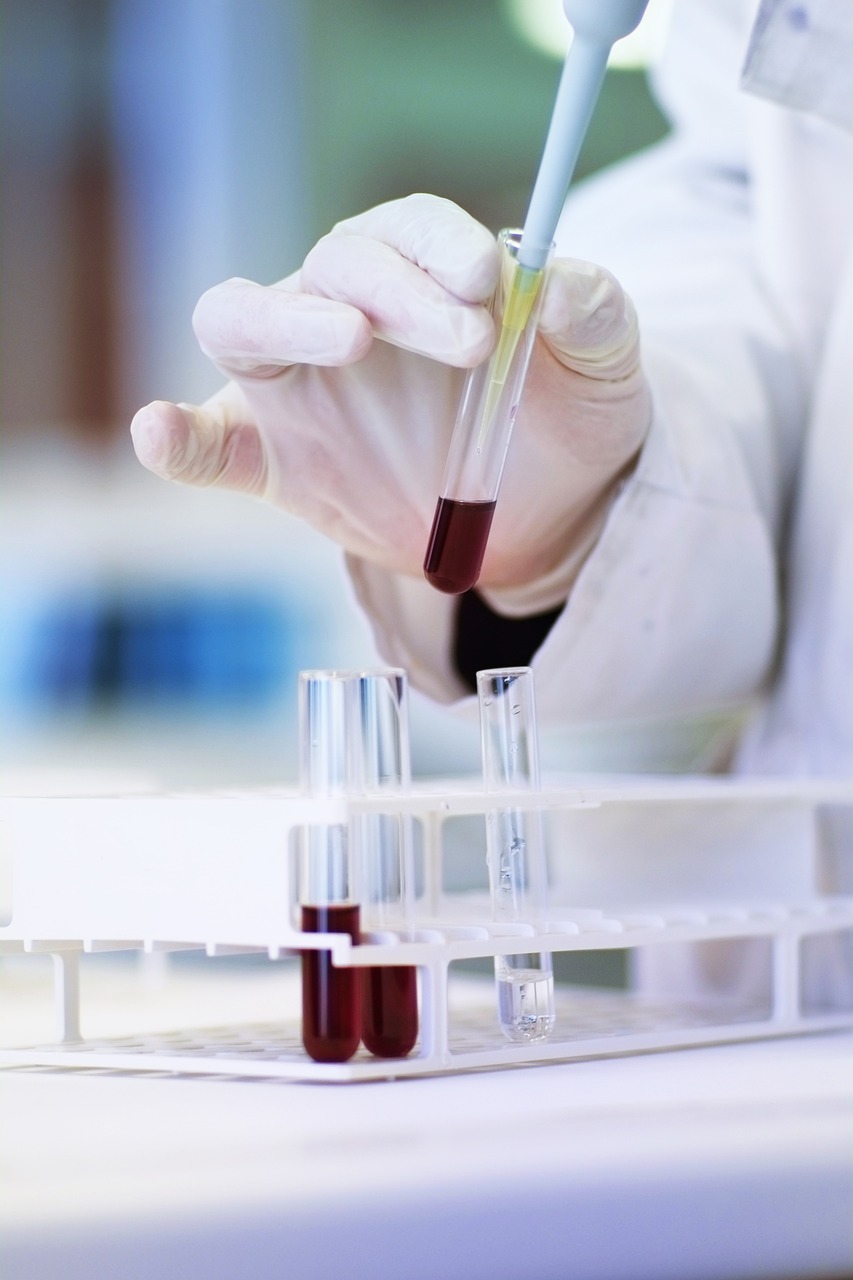Authors: Andrew Ciupek, PhD, Associate Director, Clinical Research, GO2 for Lung Cancer and Brittney Nichols, MPH, BSN-RN, Senior Specialist, Science and Research, GO2 for Lung Cancer
Blood-based testing has become increasingly common in cancer care. In addition to routine laboratory tests, oncologists and researchers are discovering new ways that blood-based tests can help diagnose, monitor, and guide cancer treatment. Below, we’ll look at a few ways that blood-based testing is currently used in lung cancer and how they can be a part of your or a loved one’s path.
Blood-based testing for targeted therapy selection
Biopsies
When a doctor first diagnoses someone with lung cancer, the doctor takes a sample of the tumor tissue for a biopsy. The pathology team looks at the tumor cells to confirm:
- If it is lung cancer.
- What type of lung cancer it may be.
In certain cases, the tumor might be too small, or in too difficult a location, for a tissue biopsy to be taken. In these situations, a liquid biopsy may be performed instead.
Biomarker testing
They will also usually perform biomarker testing, which is done using the sample collected from either a tumor biopsy or a blood (“liquid”) biopsy. Biomarker testing is used to look at the different genes found in the DNA of the tumor to see which (if any) have mutated. This will let your oncologist know what could be driving the cancer and how to treat it best. Some mutations (such as EGFR, ALK, and KRAS) are examples of mutations that have a targeted therapy drug available.
Benefits of biomarker testing
In addition to being less invasive, blood-based biomarker testing generally has a faster turn-around time for results. With this test, the laboratory staff looks for tiny pieces of the cancer cells (known as circulating tumor DNA (ctDNA) that may be present in the bloodstream. If this DNA is found, it can be analyzed for biomarkers.
Testing isn’t just performed at diagnosis. A liquid biopsy can be conducted after a person experiences progression (or new tumor growth) while on treatment. Repeat testing after progression may help identify if a new mutation has developed (sometimes as a way to resist the treatment).
Learn more about biomarker testing
If you’re interested in learning more about repeat biomarker testing, you can read more about this topic here. Many different blood-based liquid biopsy tests are available, so you can always ask your oncologist if they have ordered testing, what type of testing was ordered, and why they chose that specific test.
Blood-based testing for early detection
A new form of blood-based cancer tests has emerged: multi-cancer early detection (or MCED) assays. These assays (special types of laboratory tests) work by looking for different cell components (pieces of cells, proteins, etc.) in the bloodstream and then analyzing the composition and levels to determine the likelihood of a cancerous origin. Most tests look at slightly different molecules, so the mechanism of action (the way the test works) for each test varies. These differ from blood-based biomarker tests, which look for potential genetic changes that could be driving the cancer, while the MCD tests look for possible indicators of cancer.
A benefit to this proposed testing method is that the tests are designed to screen for multiple types of cancers at once. But there are several important points to consider:
- A positive test does not necessarily mean a person has cancer. If a positive test result is received, the person being tested should work with their healthcare provider to determine which types of screening/diagnostic tests to receive next.
- While these tests show promise in clinical trials, and some are available to purchase, they have yet to received approval from the U.S. Food and Drug Administration (FDA) as of May 2024. Talk to your healthcare provider to determine which test (if any) might be a good option for you.
- Further research is needed to confirm how early these tests can detect cancer, how accurate they are compared to current screening methods, and which types of cancer they are best used for.
Blood-based testing to gauge treatment response
 Researchers are also investigating ways to use blood-based tests to predict or monitor treatment response. Many clinical trials of targeted therapies are now examining if blood tests can monitor how well treatment is working.
Researchers are also investigating ways to use blood-based tests to predict or monitor treatment response. Many clinical trials of targeted therapies are now examining if blood tests can monitor how well treatment is working.
If a lung tumor has a mutation (like EGFR, ALK, or others), that mutation may also be found in the blood from that tumor. Researchers noticed that the amount of a mutation in a blood sample may change after treatment. For example, in the FLAURA clinical trial, decreasing levels of an EGFR mutation in ctDNA after Tagrisso treatment was associated with a better response to targeted therapy.
Research studies have also suggested that the amount of DNA from tumors in a blood sample may indicate a response to immunotherapy. In these studies, lower levels of tumor DNA after treatment might be associated with better responses to immunotherapy.
Although these research results show that blood-based tests hold great promise for better tracking how well lung cancer treatments are working, more needs to be understood before regular use. Different research studies vary in methods and technologies used, and we’re still learning how to interpret their results. Over time, standardization of blood tests and the development of commonly used medical guidelines for determining test results will lead to wider use of this type of monitoring.
If you or a loved one have questions about lung cancer diagnosis, biomarker testing, or treatment options, contact our HelpLine at 1-800-298-2436 or support@go2.org.

Leave A Comment